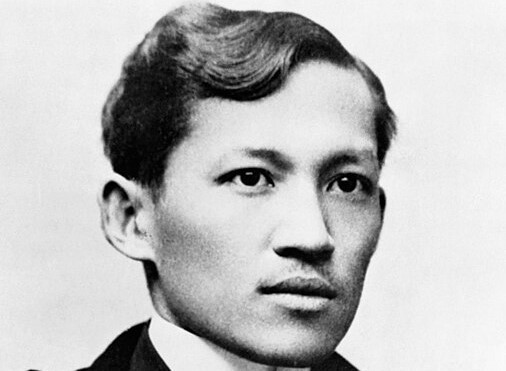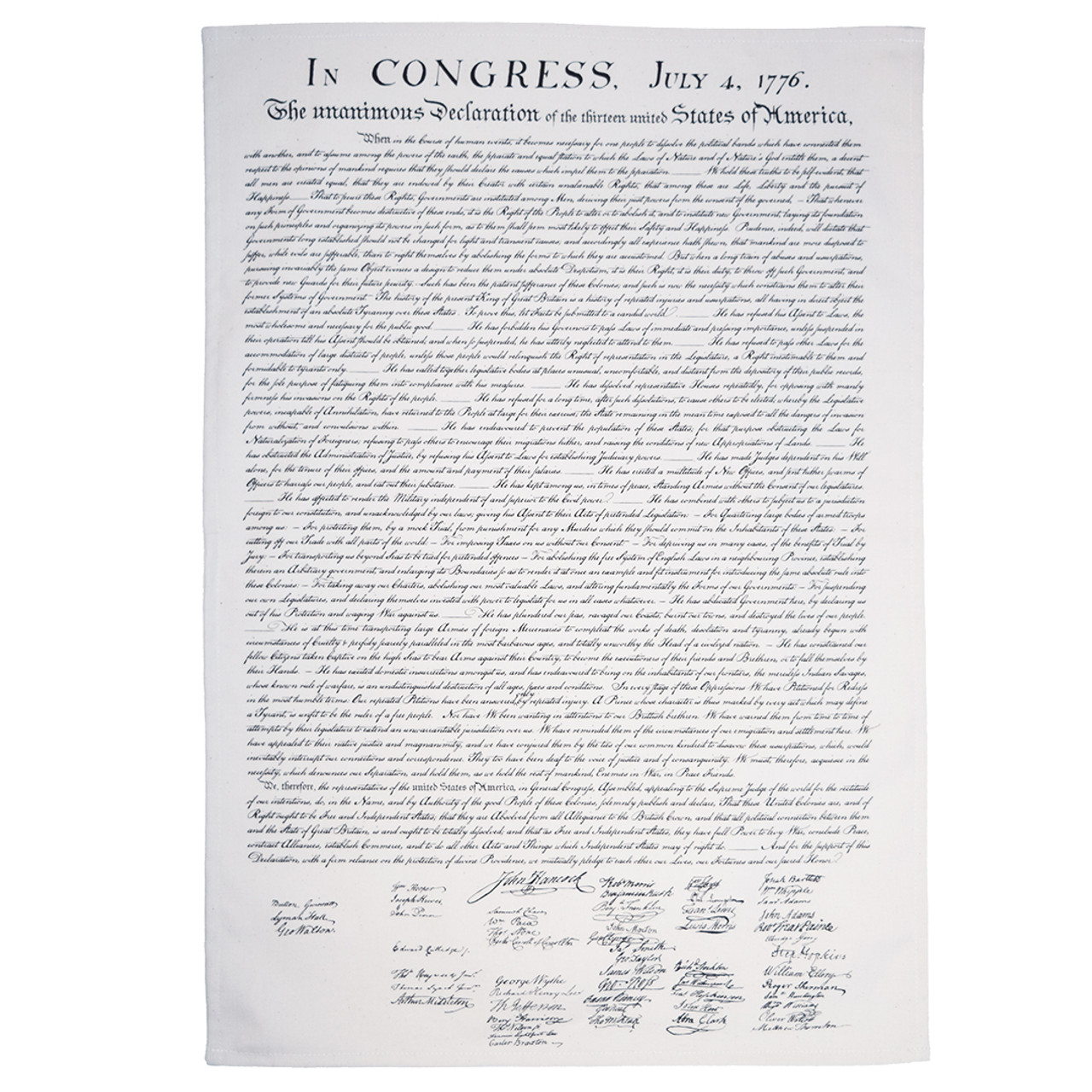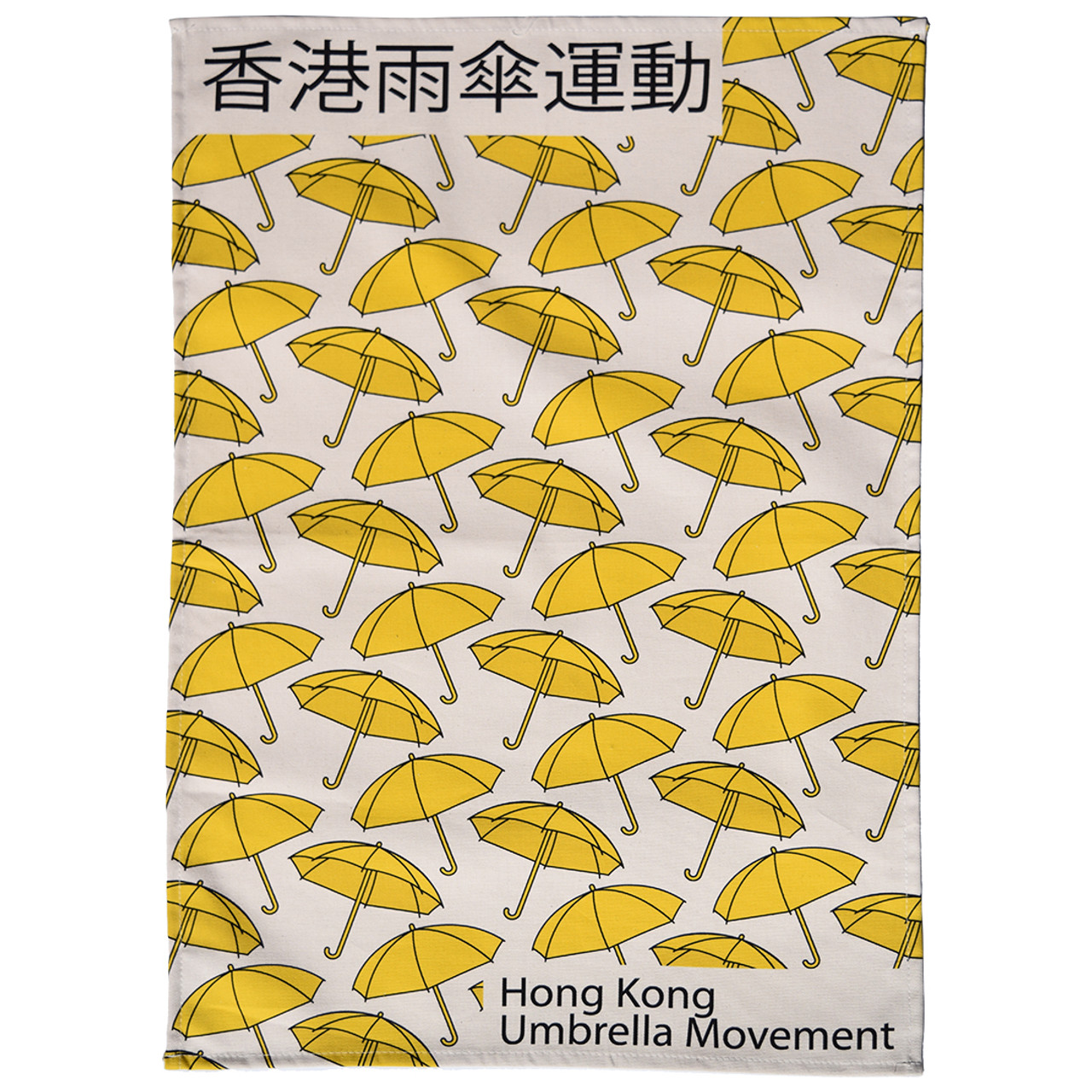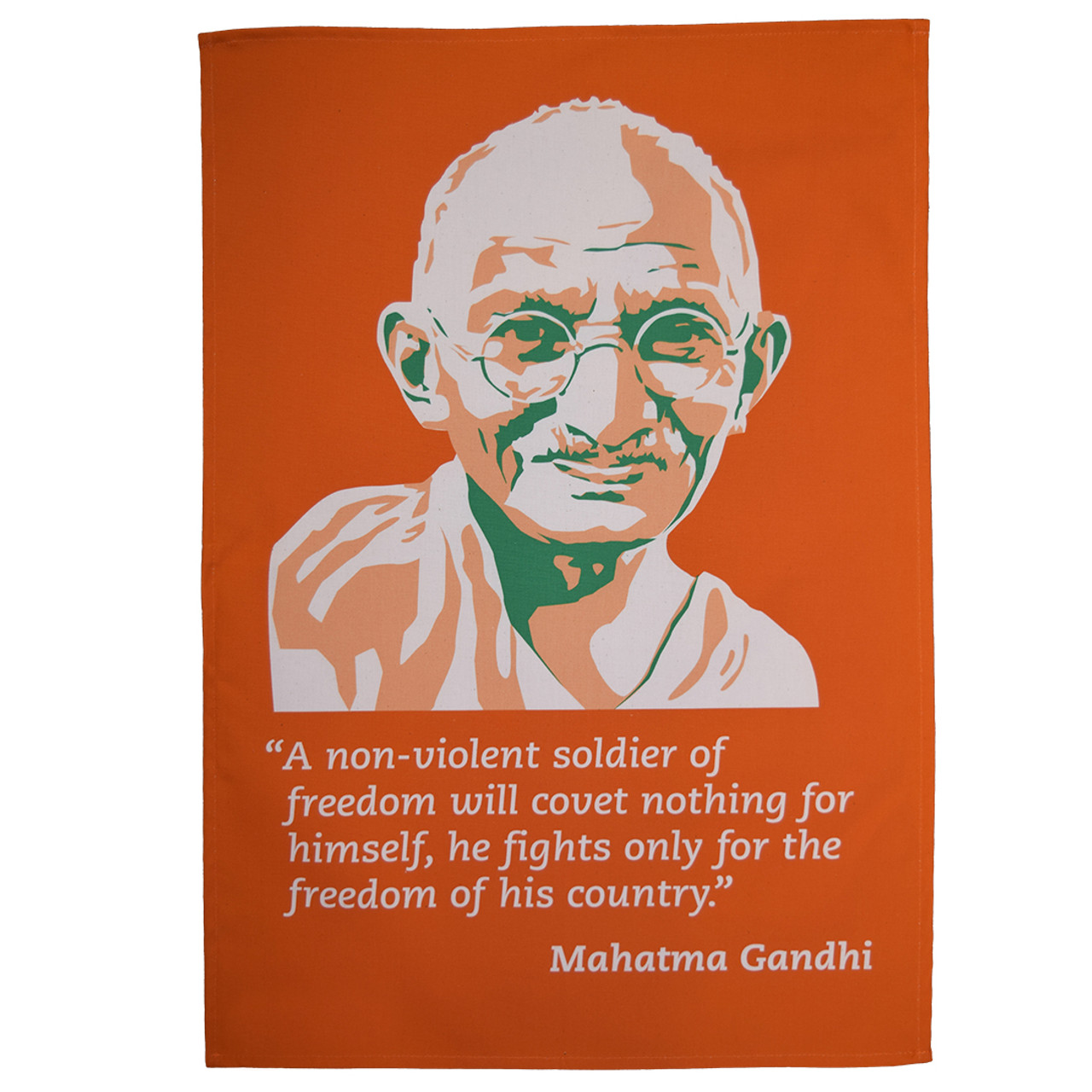Jose Rizal: Polymath, Ophthalmologist and National Hero
Posted by Pete on 31st Dec 2024
His commitment to reform, rather than independence for the Philippines, wasn't enough to save him on this day in 1896
Everybody’s heard of Ho Chi Minh but fewer know about José Rizal (1861-1896).
Long before the invasion of Vietnam during the 1960s and 1970s, the U.S. fought its first overseas colonial war in the Philippines between 1899 and 1913.
Rizal was one of the figureheads of the Filipino independence movement, even though he had been executed – on this day in 1896 – two years before the U.S. occupied the islands.
That’s because things moved fast in what remained of Spain’s global empire during the 1890s, especially in the Philippines, Cuba, and Puerto Rico.

José Protasio Rizal Mercado y Alonso Realonda; circa 1890s
In 1895, Cuban revolutionaries led by José Martí launched a war of independence against Spain, and in 1896 Filipinos did the same.
Then, in 1898, as these anticolonial movements were about to triumph, the U.S. invaded both colonies and violently stole control of them for its own growing empire.
Filipino revolutionaries continued their liberation struggle against the new occupier, and they were only defeated by violent repression.
But let’s rewind: how does José Rizal, a farmer’s son from Calamba, come into this Philippine saga?
The fiery idea of independence from European colonialists, lit in 18th century North America, was raging around the world by the late 19th century
See the Declaration of Independence tea towel
Rizal was born in 1861. As a ‘mestizo,’ he had Chinese, Tagalog, and Spanish ancestry.
By the mid-nineteenth century, the Philippines along with Cuba were the last major Spanish colonies after the loss of mainland Latin America to the wars of independence during the 1810s and 1820s.
Rizal was an impressive student, and he travelled to the Philippine capital of Manila to study law before switching to medicine.
In 1882, Rizal travelled to Europe to continue his research into ophthalmology, driven by a quest to help his mother who was suffering from blindness back home.
Rizal lived in Spain, Germany, France, and Belgium during the 1880s. But while he practised medicine, Rizal also developed an interest in Filipino culture and politics.
Like his Cuban contemporary Martí, Rizal became an influential writer.
Rizal’s major novels, Noli Me Tángere (1887) and El Filibusterismo (1891), although written in Spanish, became early markers of a Filipino national identity.
The stories criticised European Spanish racism towards indigenous Filipinos, colonial misgovernment, and the arbitrary power of Spanish religious orders in the colony.
Rizal was a polymath, conversant in some 20 languages and dabbling in many interests as well as being well-travelled. In 1891-92 he underwent a self-imposed exile in Hong Kong.
See the Hong Kong Umbrella Movement tea towel
Rizal also made more explicitly political demands for colonial reform, working with other Filipino migrants in Barcelona to push for equal representation in the Spanish parliament and the realisation of basic civil rights in the Philippines, including free expression and assembly.
Rizal’s literary daring and political activism put him on the Spanish government’s radar, so that soon after he returned to Manila in 1892, he was arrested.
Rizal had formed the Liga Filipina to demand political transformation in the colony, and the organisation was soon disbanded by the regime, with Rizal exiled internally to Mindanao.
Meanwhile, an armed insurgency against Spanish rule was developing led by the Katipunan organisation under Filipino activists including Andrés Bonifacio (1863-97).
Bonifacio is actually a better Filipino analogy for Ho Chi Minh and José Martí because the Katipunan fought for total independence from Spain whereas Rizal preferred non-violent reform.
A tendency for non-violent reform existed in anti-colonial movements long before the likes of Gandhi in the 20th century
See the Mahatma Gandhi tea towel
But Rizal’s reformist posture wasn’t rare for anticolonial activism in the Spanish empire.
Many of the Latin American revolutionaries during the 1810s and 1820s started out fighting for reform rather than independence.
In Argentina, José de San Martín didn’t come out openly for independence from Spain until the mid-1810s, several years after he began fighting against the Spanish army in South America.
And in México, Miguel Hidalgo only fought against “bad government,” not Spanish rule, when he was executed by the royalists.
In the 1890s, too, Rizal’s commitment to reform rather than independence didn’t save him from Spanish repression.
In 1896, Rizal was falsely implicated in the Katipunan movement, arrested, and on 30 December, 128 years ago today, he was executed by a colonial firing squad.
Rizal, already an icon of Filipino culture, instantly became a martyr of the independence movement despite his own reformism.
And when the Philippines finally won its independence from the U.S. in 1946, Rizal, alongside Bonifacio, had become an icon of colonial freedom in East Asia.



